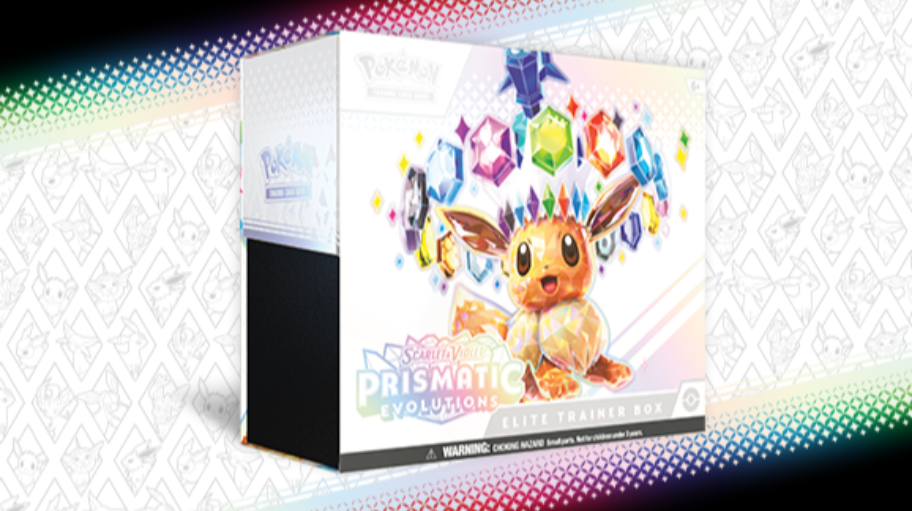Once upon a time, in a world where strip malls and online auction sites collide, the humble Pokémon card found itself at the epicenter of a whirlwind frenzy. What began as a quaint stroll down nostalgia lane has metamorphosed into a frantic, weekly dash. If you’ve ventured to a store on a Friday, you’ve doubtlessly encountered this phenomenon: eager collectors, as determined as Pokémon trainers themselves, line up, ready to pounce on lightning-fast restocks.
But why this fervor? It starts with the glamour of childhood memories—those long-ago afternoons spent flipping through binders, swapping Pikachu for Charizard, and improbably enough, it’s blossomed into a speculative market fever. Yet, seasoned collectors and wistful onlookers are now obligated to ask, how much longer can this Pokémon Trading Card Game (TCG) extravaganza last before the presumed bubble bursts?
Enter the scene of restock day mania, the closest you might get to witnessing nature’s survival of the fittest. As stock hits the shelves, a tug-of-war ensues between collectors, who cherish the cards’ artistic and nostalgic value, and scalpers, who scan the aisles with calculation rather than passion, aiming for financial gain. These scalpers, many as detached from the lore of Pokémon as a Gyarados is from flight, drive up credit card bills in hopes that their perception of escalating value materializes. They’ve managed to spin the beloved hobby into a game of speculative chess, and unfortunately, this gambit has real consequences. Young fans and casual collectors, the tribe who should be at the heart of this culture, find themselves sidelined, rendered spectators in the climatic drama of supply and demand.
In reaction to this ravenous appetite for Pokémon paraphernalia, The Pokémon Company has cranked up its printing presses. Cards, once thought of as buried treasure, are becoming commonplace. Titles like “Evolving Skies,” “Crown Zenith,” and particularly those remarkable “Van Gogh Pikachu” cards now seem as numerous as Pidgey in a field. The Van Gogh Pikachu stands as a rite of passage for new collectors, but with a staggering 40,000 PSA 10 copies circulating, its once-mythical status dampens. Market saturation has entered the chat.
The scenario feels eerily reminiscent of another era—the sports card bubble of the late 1980s and early 1990s. Back then, riding an overwhelming wave of demand, manufacturers flooded the market with overwhelming enthusiasm and needless abundance. What was heralded as rare became as common as a well-loved baseball mitt, ultimately revealing itself as about as profitable, too. The resulting crash from this cardboard folly was as dramatic as it was inevitable, with prices tumbling and illusions of rarity dissipating.
Fast forward to today’s Pokémon craze, and you might hear the echo of baseball cards rustling in a box of forgotten memories. Speculative buying, prices ballooned by hype instead of genuine scarcity, and a gluttony in PSA rankings signal that the Pokémon card market may have inadvertently ordered the dessert of downfall before the main course of lasting value.
It stands as quite the challenge—predicting when this Pokémon bubble might burst. Yet, signs herald the arrival of a market where saturation teeters on the brink of overwhelming demand. The scalpers, already under the looming shadow of debt from their plastic-wrapped troves, could find it difficult to ride out a stabilization or downturn in card values. Collectors, meanwhile, intent on uncovering the truth behind spiking populations and prolific printings, may gradually retreat, propelling a drop in prices.
Guidance through these uncertain waters calls for a voice reminiscent of a wise Professor Oak: cautious optimism intertwined with patience. For, if our tale repeats itself—and history holds an insatiable appetite for reruns—the rapid boom of the Pokémon TCG could soon transform into its own cautionary tale, sewn with threads of moderation and the timeless principle that genuine rarity triumphs over the feverish allure of artificial demand.
As the saga unfolds, the reality is clear: Pokémon, like all fads and phenomena, thrives on the delicate balance of passion and perception. Whether these cards remain the magical artifacts of childhood dreams or mere ghosts of speculative indulgence is a story yet unwritten—a narrative that collectors and enthusiasts alike must handle with care.





